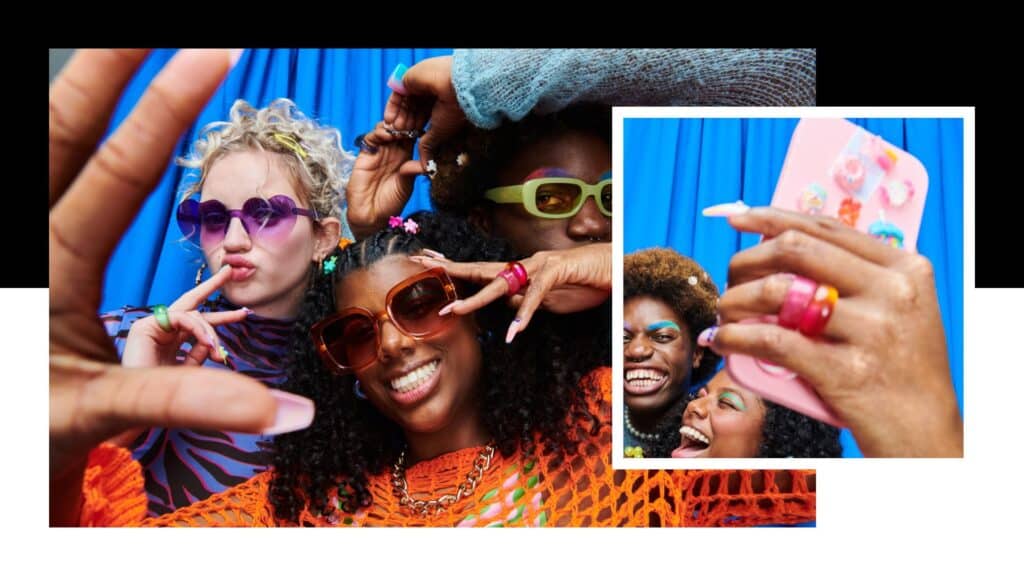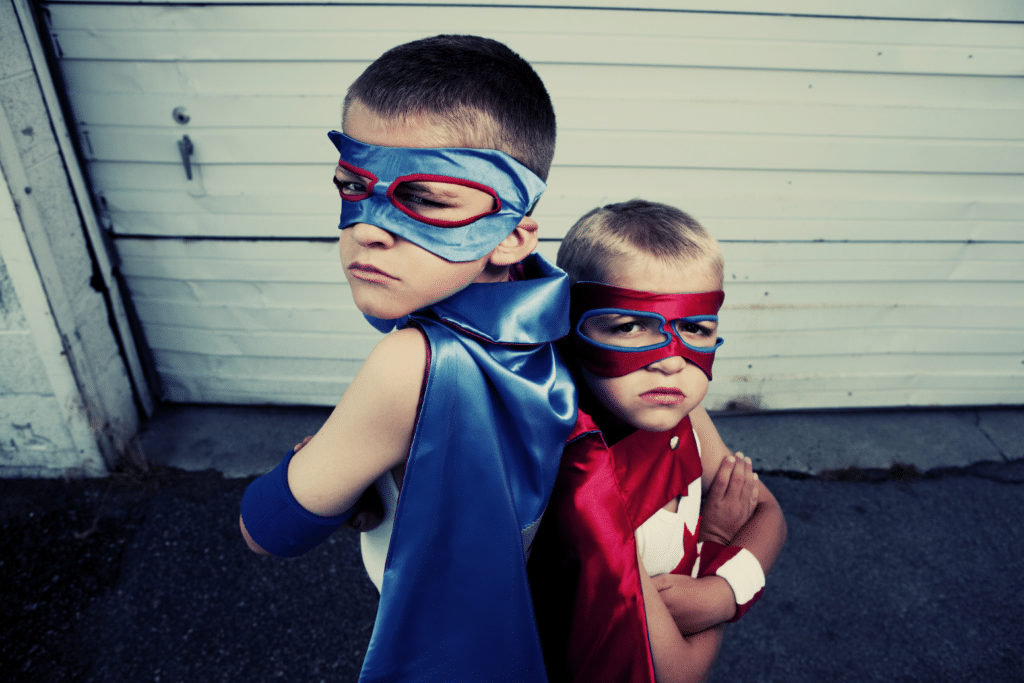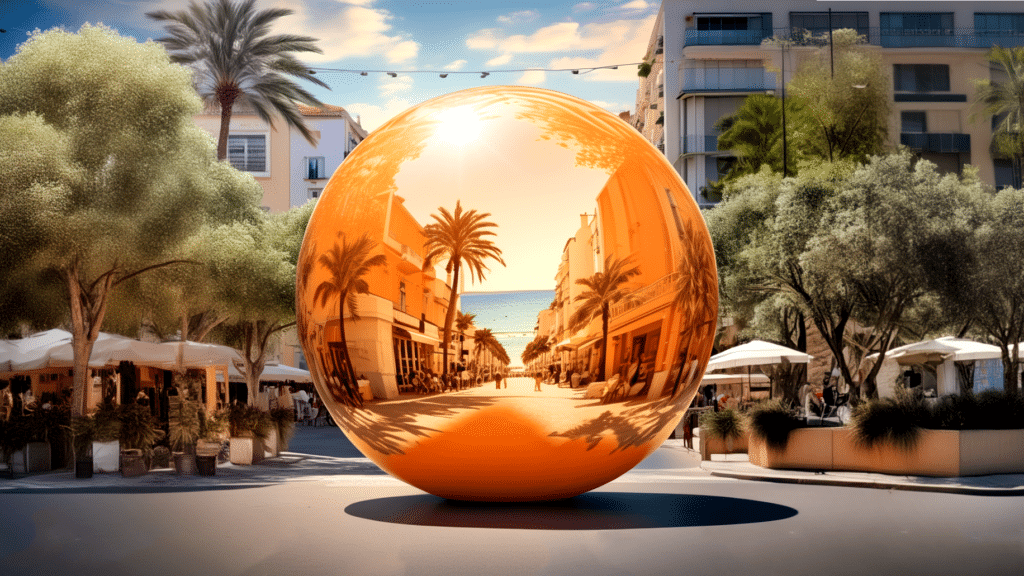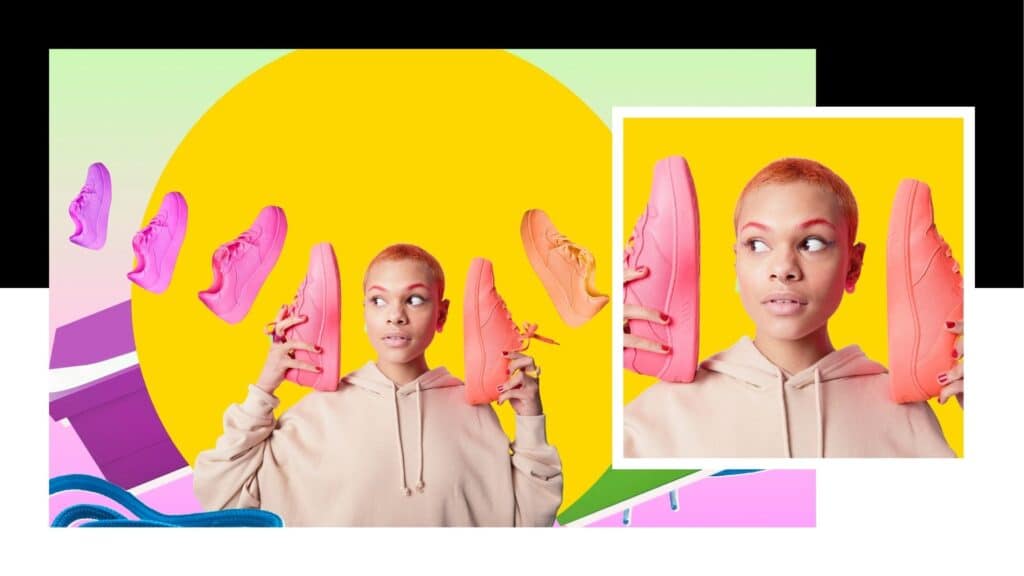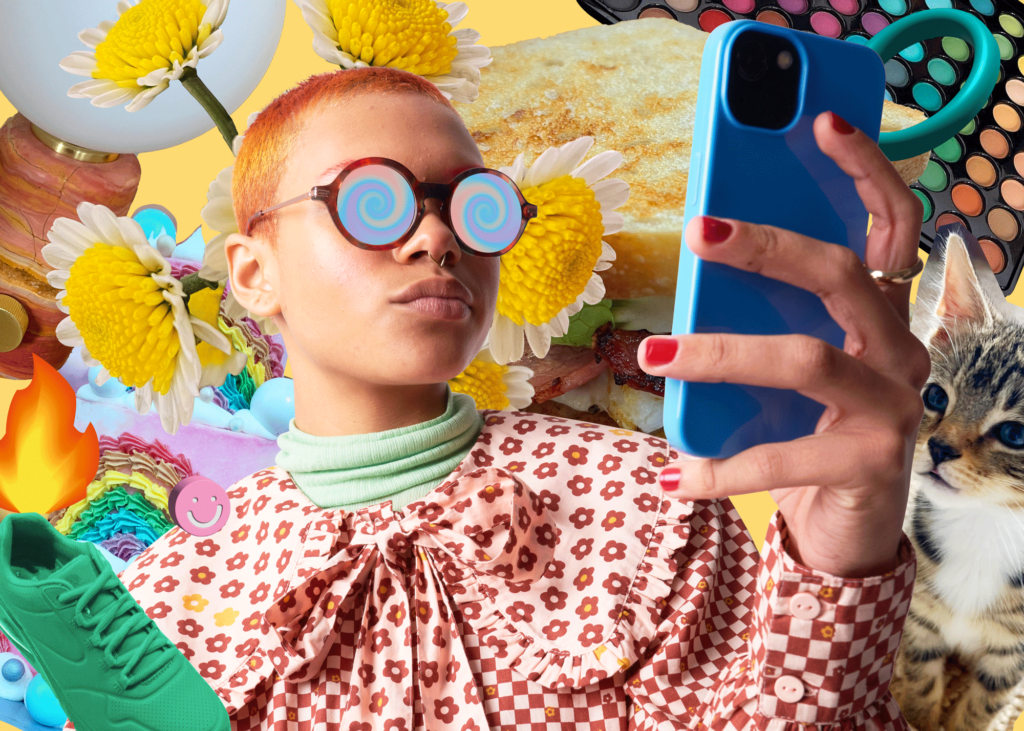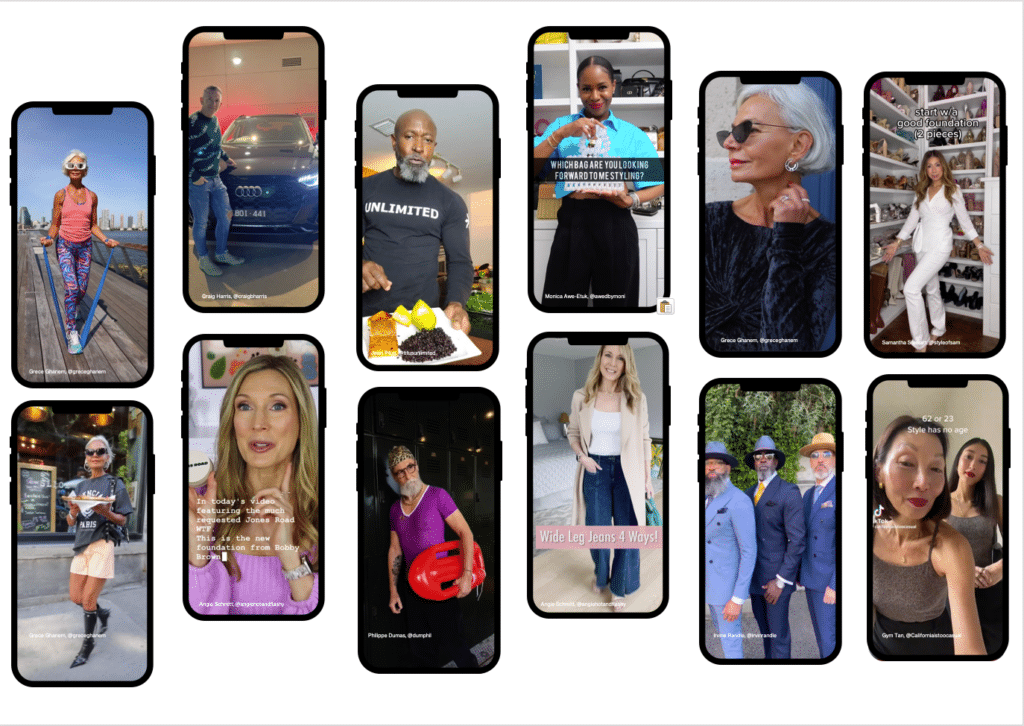As the 2023 FIFA Women’s World Cup kicks off, sponsorship of women’s sport in co-hosts Australia and New Zealand has taken a giant and irreversible leap forward. But with other countries scrabbling to agree broadcast deals at the last minute, Jayden Harris urges broadcasters and brands everywhere to raise their game and grasp the very real growth opportunity women in sport present.
Tickets for this World Cup have been selling like hot cakes, over 1.2 million so far. The Matildas’ (our women’s national team) opening match against the Republic of Ireland has even moved to a bigger venue – Stadium Australia, capacity 80,000. The Sydney Morning Herald’s AI soccer pundit Robotinho predicts a two-nil win for the home side, so here’s hoping the robot is right!
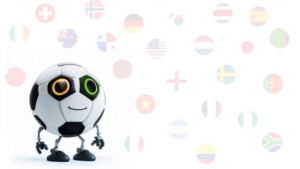
Sydney Morning Herald’s AI soccer pundit, Robotinho
FIFA predicts that the tournament will be the most attended women’s sporting event in history. But both brands and broadcasters need to get on board to make it happen. So far coverage of the Women’s World Cup has been generally positive, with an extensive build-up. Aussie subscription network Optus Sport has bought the rights to show every match and the tournament’s free-to-air broadcasting partner, Seven Network will show 15 live matches. Adidas, Hyundai, Rexonaand Qantas have signed up as partners, with sponsors including Wavemaker client Cadbury, plus Coca-Cola, Kia, McDonald’s, Visa and Xero.
Nike has made kits for 13 of the teams and nailed the spirit of the tournament in a two-minute video. What the Football features a soccer-smart girl, her dad waking up after a 24-year nap – and the tournament’s most talented female players showing off their incredible ball skills! Watch it, it’s awesome.
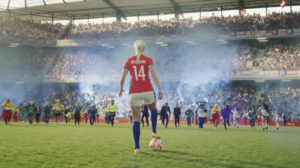
Nike’s What the Football promotional video
Confident broadcasters = confident brands
A good broadcast deal means all Australians will be able to watch all the games live on TV or online. It’s a virtuous circle – this will heighten the excitement of fans, increase viewership and help to prove the case for women’s soccer as a sound media investment.
Elsewhere in the world, the media response has been less enthusiastic. In previous women’s World Cups, broadcasters gained TV rights through bundled packages with the men’s competition, but for the 2023 tournament FIFA invited standalone bids. In some countries broadcasters have dragged their feet by offering low bids – perhaps in the hope of a last-minute steal – posing the real threat of TV blackouts and demonstrating their lack of interest in women’s sport.
It was only on 14 June, 36 days before the start of the competition, that the ‘Big 5’ soccer nations (UK, Spain, France, Germany and Italy) announced they had extended their agreement with the European Broadcasting Union to cover the tournament. Talk about cutting it fine. Not to mention making it incredibly challenging for brands wanting to commit to the competition.
The situation was worst of all for the 2011 World Cup winners and 2015 runners-up Japan, where fans faced the threat of a blackout until last Thursday (13 July) as broadcasters finally agreed a last-minute deal with FIFA.
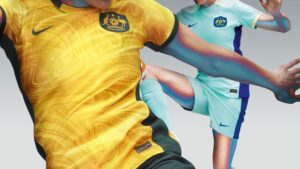
Nike’s 2023 Women’s World Cup kits
Women’s sport = good business and more
2022 was a huge year for women’s sport globally. In the US, women’s sport delivered the fastest-growing TV audience numbers, while record-breaking attendance at live events is being recorded worldwide.
The FIFA Women’s World Cup is a unique chance for brands to demonstrate their support for women’s sport, expand their global visibility, engage with diverse audiences and strengthen brand equity. By participating, they will be perceived as socially responsible and forward-thinking, increasing positive sentiment from consumers. This is good for their reputation and great for business.
In Australia, it’s wonderful to see high-profile brands lining up to fund the sport to drive change and equality. One of our own clients, Mondelēz has been backing the Matildas since 2020 (and is committed until 2026). Its Cadbury brand has used its partnership to successfully launch its Women in Sport programme, with a goal to combat barriers and help women in sport feel seen, appreciated, and supported. Its newly launched Cheer and a Half campaign aims to help fans celebrate women athletes – young and pro – in all the ways male athletes have been celebrated.
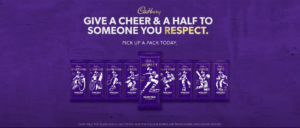
Cadbury’s Cheer and a Half campaign
On a global scale, another of our clients Adobe is showing support through sponsorship of the National Women’s Soccer League in the US, as its Official Creativity Partner, bringing together creativity and women’s sports in a unique way to level the playing field.
So is this (finally) the tipping point?
FIFA’s website lists a total of 10 global sponsors of the Women’s World Cup – four more than in 2019, but four fewer than the number of global sponsors for the 2022 men’s event.
As brands and fans alike open up to the power of women’s sports, I’m confident that by the 2027 tournament, the number of global sponsors will be the same across the men’s and women’s events.
What we know right now is that this World Cup is THE tipping point for women’s sport in Australia. The growth of the game hinges on increased participation. Today 26% of Aussie soccer players are women; Football Australia has bold ambitions to drive this participation to a 50/50 split by 2027.
This can begin with a girl just watching a game with her parents, initiating her own remarkable journey. I was once that girl. My pivotal moment came at the Sydney Olympics in 2000, watching Lauren Jackson and the Opals basketball team win seven games and compete in a historic gold medal match against the USA. Basketball became my passion right then, and I’ve been playing ever since.
It all starts somewhere, and the smart marketers will be there at the start over the next month, for every girl, woman, boy and man having their moment.
A big thank you to my colleagues Bukky Moemeke (Director, Sports, Live & Gaming, Global) and Colleen Degnan (Manager, Sports, Live & Gaming, UK) for their help and expertise. AND GO THE MATILDAS!


